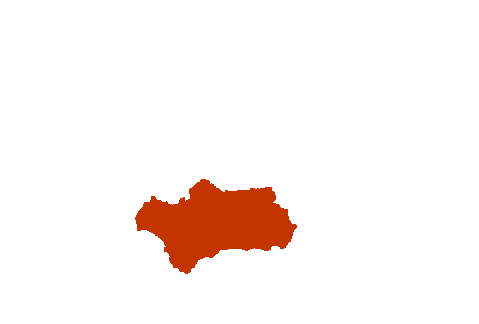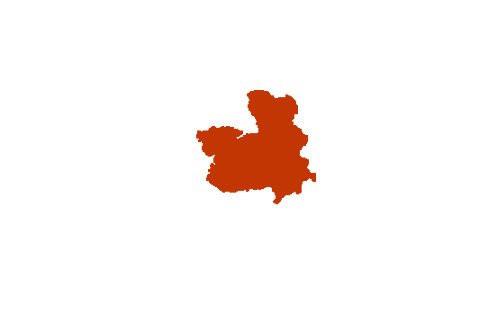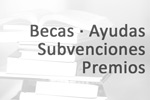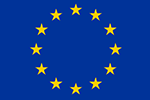Organisation of the education system
Content
The foundations of the Spanish education system
The structure of the Spanish education system is complex, and comprises:
- the education authorities, education professionals, and all other, public and private operators, which contribute to making the right to education a reality in Spain, as well as the beneficiaries of this right;
- the set of relationships, structures, measures and actions being implemented to deliver the education system.
Structure and organisation of the Spanish education system
The Spanish education system consists of the following stages:
- Early childhood education.
- Primary education.
- Compulsory secondary education [ESO].
- Upper secondary education [Bachillerato].
- Vocational Training [FP].
- Adult education.
- University education.
The Spanish system also offers education in languages, artistic pursuits and sports, which is regarded as specialised education.
The 1978 Spanish Constitution provides a decentralised model that shares the educational roles and competences across all administrative levels. It is a symmetrical model in which the educational roles and competences of the autonomous communities are basically the same.
The roles and competences in education are distributed among:
- The General State Administration (Ministry of Education, Vocational Training and Sports).
- The autonomous communities (regional ministries or departments of education) in the cities of Ceuta and Melilla, the MEFPD is in charge of educational roles and competences.
- The local administrations, with a role in educational management through Education Councils or Municipal Education Institutes.
- The education centres also have a part given their autonomy in terms of pedagogical autonomy (to develop their own educational projects) and financial autonomy to manage the resources.
The Organic Law on the improvement of the quality of education [LOMCE], approved in 2013, amending the Organic Law on Education [LOE] of 2006, regulates the education system and establishes the educational competences exercised by the Government, and how these are distributed so as to design the core curriculum for primary education, compulsory secondary education [ESO], upper secondary, the second programme of early childhood education, vocational training and specialised education.
More information on how the Spanish education system is organised is available from the REDIE-Eurydice network![]() .
.
Information for each Autonomous Community












Andalucía Aragón Asturias, Principado de Balears, Illes Canarias Cantabria Castilla y León Castilla-La Mancha Cataluña Ciudad de Ceuta Ciudad de Melilla Comunitat Valenciana Extremadura Galicia Madrid, Comunidad de Murcia, Región de Navarra, Comunidad Foral de País Vasco Rioja, La










